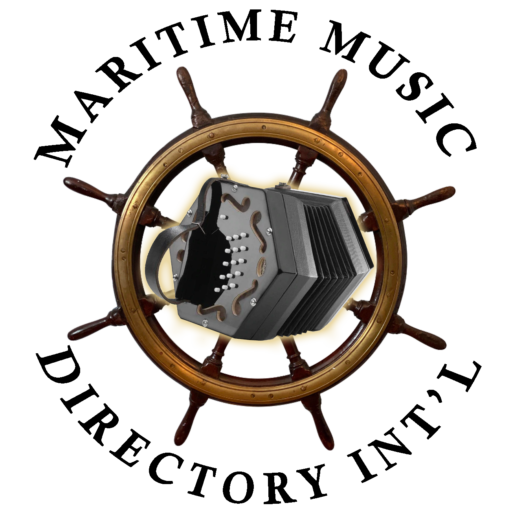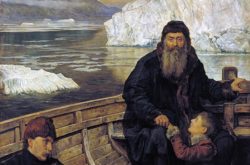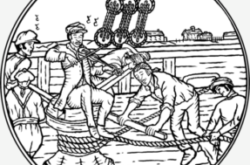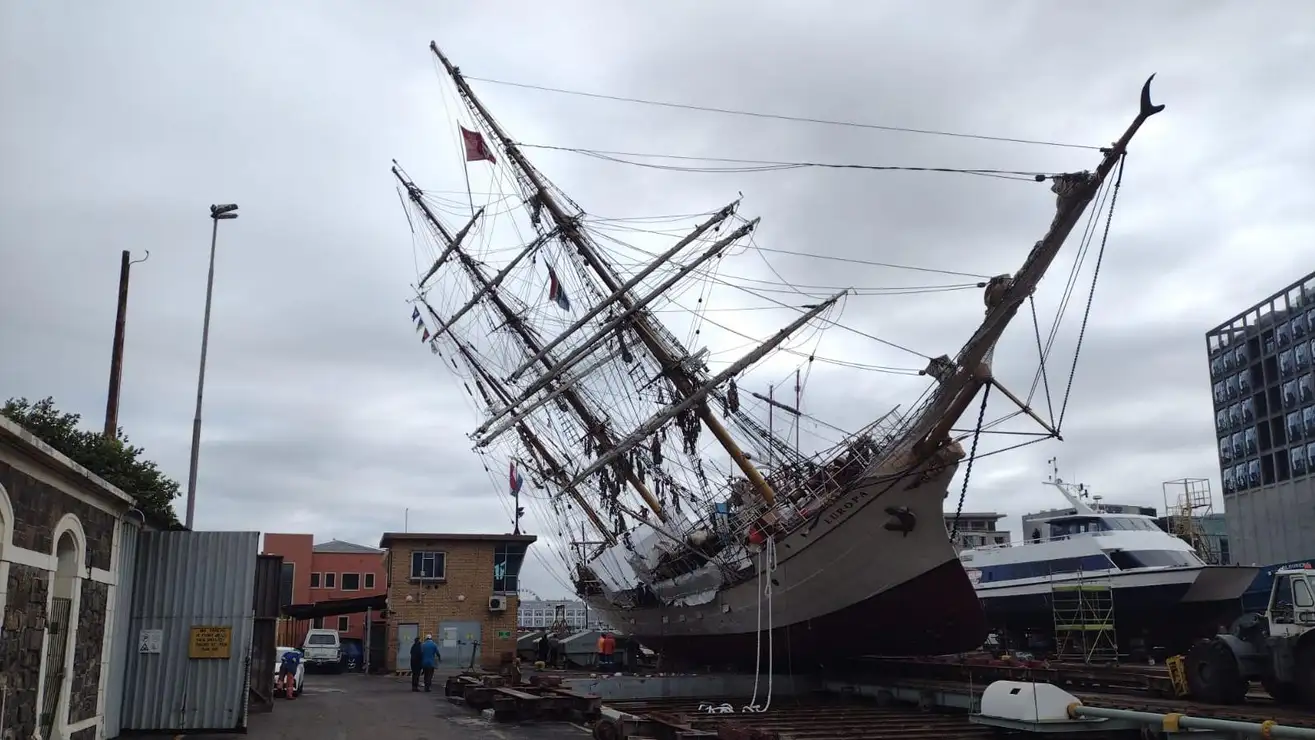U.S. Brig Niagara Sailing Season To End Early
The Pennsylvania Historical & Museum Commission (PHMC) and the Flagship Niagara League (FNL) regretfully announce that the remainder of the U.S. Brig Niagara’s 2023 . . .
Thursday’s 20 July Seminar: Rebels at Sea: Privateering in the American Revolution with Eric Jay Dolin
The NMHS Seminar Series Presents
Rebels at Sea: Privateering in the American Revolution
with Best Selling Author Eric Jay Dolin
Just chosen as a finalist for the 2023 book award . . .
Today is MMDI Launch Day!
Today we officially make available to the world a website that celebrates the music of mariners! The Maritime Music Directory International is designed . . .
National Lighthouse Museum Seeking Maritime Musicians
Linda Dianto, Executive Director of The National Lighthouse Museum in Staten Island, New York is seeking experienced maritime-themed musicians for a new program that she would like to begin. She is . . .
Henry Hudson Set Adrift by Mutineers (1611)
After spending a winter trapped by ice in present-day Hudson Bay, the starving crew of the Discovery mutinies against its captain, English navigator Henry Hudson, and sets . . .
War of 1812 Begins on 18 June
The day after the Senate followed the House of Representatives in voting to declare war against Great Britain, President James Madison signs the declaration into law—and . . .
Sir Francis Drake claims California for England
During his circumnavigation of the world, English seaman Francis Drake anchors in a harbor just north of present-day San Francisco, California, and claims the territory . . .
Bounty Mutiny Survivors Reach Timor (1789)
English Captain William Bligh and 18 others, cast adrift from the HMS Bounty seven weeks before, reach Timor in the East Indies after traveling nearly 4,000 miles in a small, open boat.
On . . .
The 2nd Annual CT Sea Music Festival will drop anchor in downtown Essex on June 9-12, 2023
This family-friendly weekend includes a Symposium on the Music of the Sea, free daytime workshops with local, regional, and international maritime musicians, a family stage, . . .
Bark Europa Tips in South African Dry Dock
On May 20, 2023 the Bark Europa severely heeled over in dry dock while being returned to the water during scheduled maintenance. Damage to the ship is still being assessed; . . .
Gilbert & Sullivan’s “HMS Pinafore” premieres (1878)
By the spring of 1877, the English light-opera team of W.S. Gilbert and Richard Sullivan had established a strong reputation based on several well-received earlier works, . . .
Captain Kidd Dies (1701)
At London’s Execution Dock, British privateer William Kidd, popularly known as Captain Kidd, is hanged for piracy and murder.
Born in Strathclyde, Scotland, Kidd established . . .
Spanish Armada sets sail to secure English Channel (1588)
On May 19, 1588 a massive Spanish fleet, known as the “Invincible Armada,” sets sail from Lisbon on a mission to secure control of the English Channel and transport . . .
Norwegian ethnologist Thor Heyerdahl sails papyrus boat (1970)
On May 17, 1970, Norwegian ethnologist Thor Heyerdahl and a multinational crew set out from Morocco across the Atlantic Ocean in Ra II, a papyrus sailing craft modeled after . . .
Lewis and Clark depart to explore the Northwest
One year after the United States doubled its territory with the Louisiana Purchase, the Lewis and Clark expedition leaves St. Louis, Missouri, on a mission to explore the . . .
Stan Hugill Dies (1992)
Stan Hugill (19 November 1906 – 13 May 1992) was a British folk music performer, artist and sea music historian, known as the “Last Working Shantyman” and . . .
Ed Trickett Dies on May 10, 2022
Ed was a well-loved musician in the folk music community. He appeared on over 40 recordings, most of them with Folk Legacy Records, now part of the Smithsonian Folkways . . .
De Soto reaches the Mississippi
On May 8, 1541, south of present-day Memphis, Tennessee, Spanish conquistador Hernando de Soto reaches the Mississippi River, one of the first European explorers to ever . . .




















